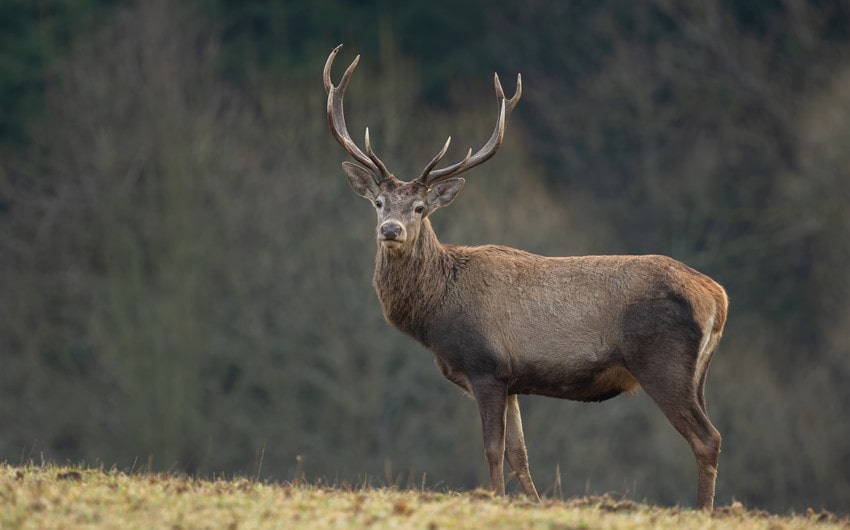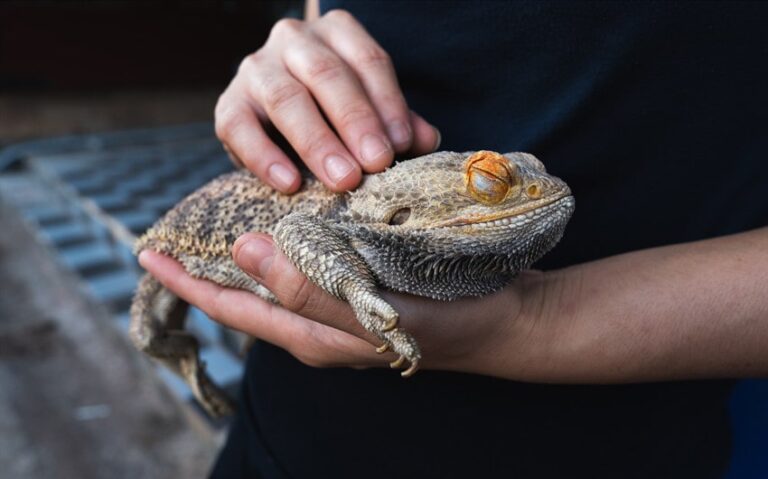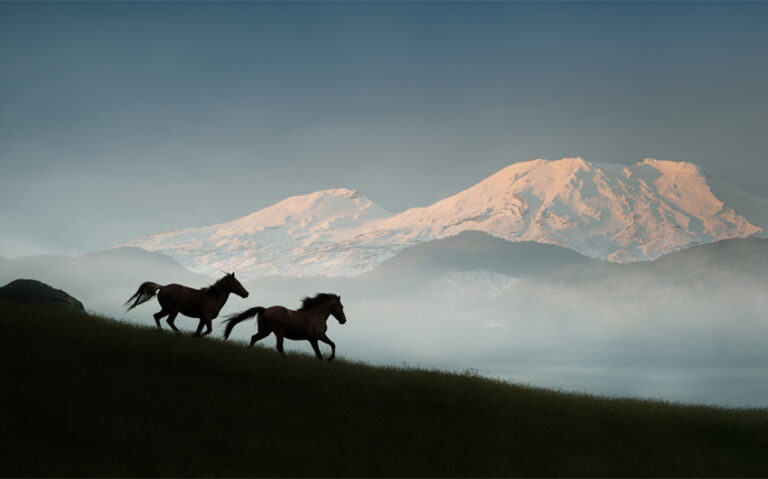How Do Deer Travel with the Wind? Understanding Their Natural Instincts
Deer are far from random wanderers. Their movements are shaped by instinct, survival, and environmental cues — and one of the most important of those cues is wind. Hunters, photographers, and wildlife watchers often ask: do deer travel into the wind? Do they follow it? Can they sense danger better depending on which way the wind blows? This article breaks down how deer use wind to stay alive and how their travel patterns change depending on terrain, season, and purpose.
Deer Have an Incredible Sense of Smell
It all starts with the nose. Deer — particularly whitetails — have one of the most acute senses of smell in the animal kingdom. Their nasal cavities contain hundreds of millions of scent receptors (more than dogs), allowing them to detect human odor, predators, other deer, food, and terrain changes from hundreds of yards away.
More importantly, deer can detect scent layers, meaning they can tell not only that something is there, but what direction it’s moving in. Their brains process scent as a survival signal — and wind is the invisible carrier that delivers that signal. If the wind is blowing from you toward a deer, your scent reaches them before you do. That’s why understanding their use of wind is so critical for anyone studying or tracking them.
In every season — from rutting to feeding to bedding — a deer’s nose is its first line of defense. And it only works if they move smartly with the wind in mind.
Deer Often Travel Into the Wind — But Not Always
One of the most repeated sayings in the hunting world is “deer move into the wind.” There’s truth to that — but it’s not the full story. Yes, deer often travel with their noses pointed into the wind so they can pick up scents ahead of them. But their movements are more dynamic and flexible than that rule suggests.
For example, deer might:
- Travel with a quartering wind to balance what they can smell with what they can see or hear.
- Use tailwinds when returning to bedding areas, so they can detect any predators following behind.
- Travel crosswind in open areas, where visual detection is more important than scent-based alerts.
Behavior also changes by activity. A buck on a mission during the rut might disregard wind direction in pursuit of a doe. A doe with fawns, however, is much more cautious and deliberate. Weather conditions, time of day, and pressure from predators or humans all play a role too.
In short, deer don’t always follow textbook patterns — but wind almost always influences their decision-making.
How Wind Direction Affects Deer Movement
Understanding specific wind directions helps predict deer movement more reliably. Let’s break down how each type of wind influences behavior:
- Headwind: This is the most advantageous for the deer. With the wind in their face, they can smell what’s ahead. You’ll often see deer moving into headwinds during feeding hours or when leaving cover cautiously.
- Crosswind: A common travel choice, especially in mixed terrain. A crosswind allows deer to maintain a balance between visual awareness and scent detection. Hunters often use this knowledge to place stands where deer cross with crosswinds, exposing both movement and scent.
- Tailwind: Though less common, deer do sometimes move with the wind at their backs, especially in familiar areas. In these cases, they may rely more on hearing and eyesight to detect danger ahead while trusting the wind to alert them to anything behind.
- Swirling or shifting winds: Deer tend to avoid movement in these conditions. They may bed down or stay in thick cover until the wind becomes steady again. This is when deer appear “jumpy” or hyper-alert, as their scent detection becomes inconsistent.
Understanding wind direction doesn’t guarantee sightings — but it dramatically improves your odds of predicting behavior, especially during peak movement times like dawn and dusk.
Terrain + Wind = Strategy
Wind doesn’t travel evenly. It behaves differently depending on hills, valleys, water, forest cover, and open plains. Deer know this intuitively. In fact, terrain and wind work together to shape their most consistent routes and bedding areas.
Here’s how deer use terrain + wind to their advantage:
- Ridge lines: Deer often travel just below the crest of ridges on the downwind side. This protects them visually while giving them scent coverage from above.
- Creek beds and hollows: Cold air and scent settle in low places. Deer may bed along creeks where wind tends to swirl, giving them multi-directional scent awareness while remaining concealed.
- Funnels and saddles: Narrow gaps in terrain naturally funnel both wind and movement. These become predictable travel corridors, especially in the presence of steady wind flow.
To track or observe deer successfully, it’s not enough to know the wind direction. You also need to understand how that wind interacts with the ground, trees, and elevation. Smart deer do — and that’s how they stay alive.
Final Thoughts: Deer Trust Their Nose First
Deer don’t travel “with” or “against” the wind as a rule — they travel with intention, using wind as a sensory tool to keep them safe. Their routes and patterns shift depending on the terrain, time of day, season, and their current needs. But always, their nose is guiding them.
Whether you’re tracking a whitetail in the woods or simply trying to understand wild behavior more deeply, knowing how wind shapes their world opens your eyes to a hidden layer of strategy. To follow deer is to follow the wind — because for them, every breeze carries a message. And they’re always listening.



